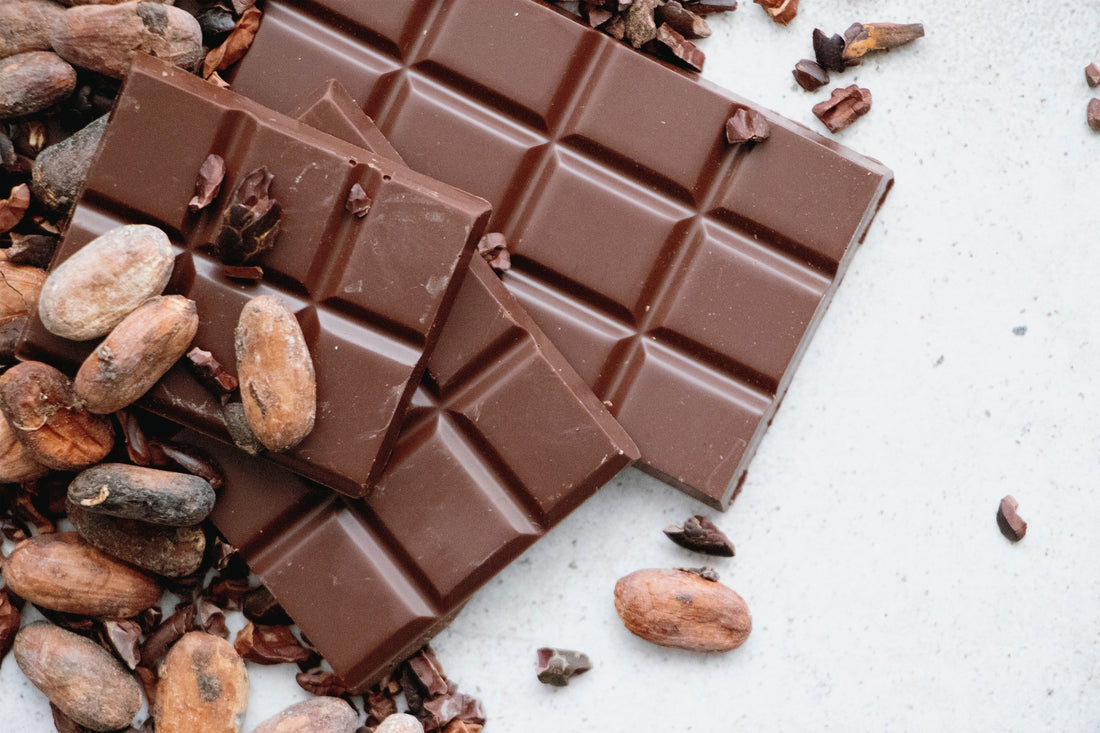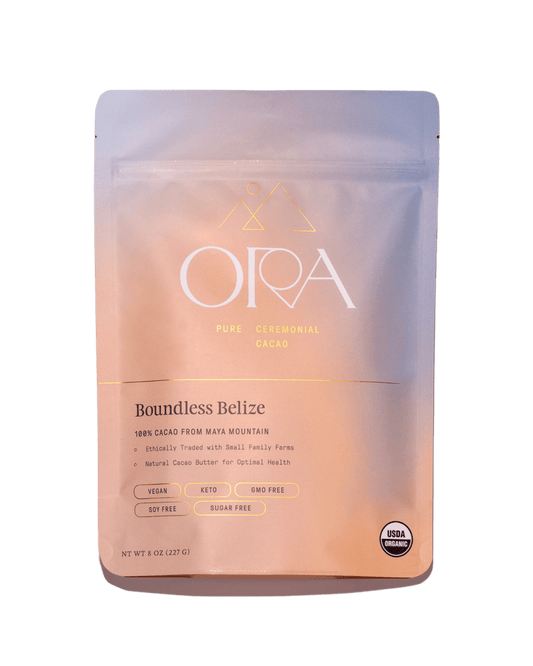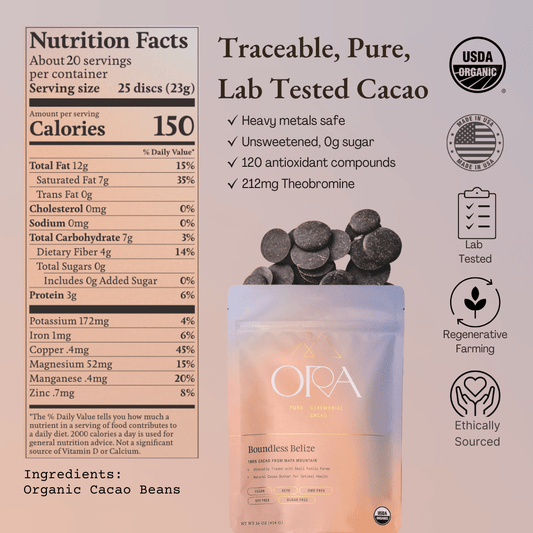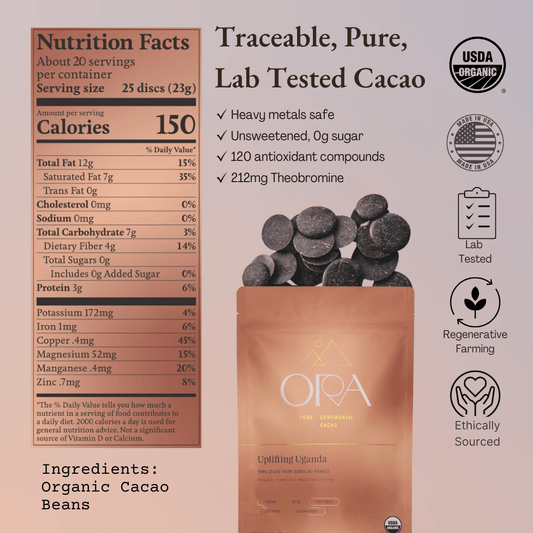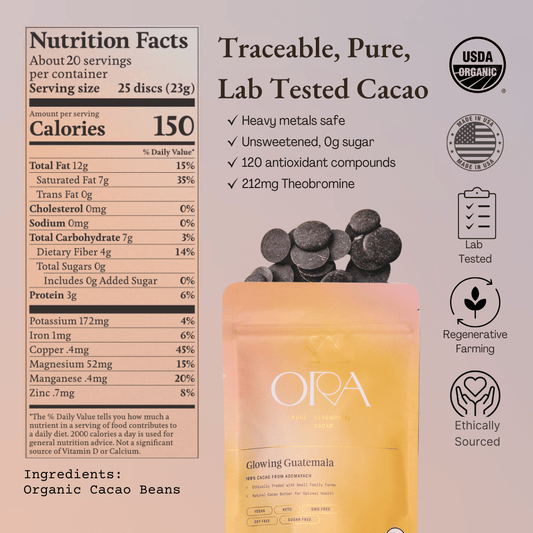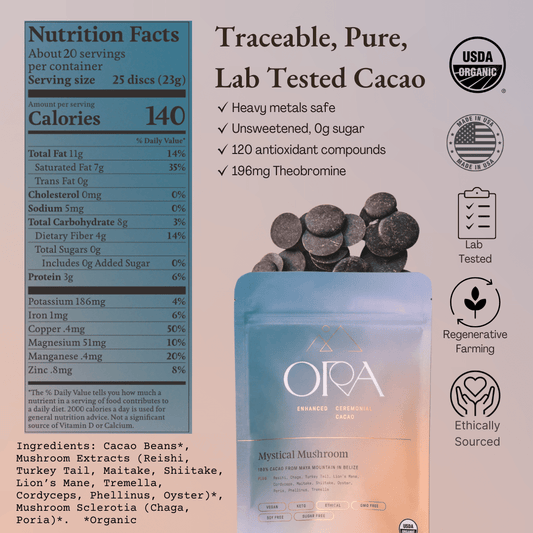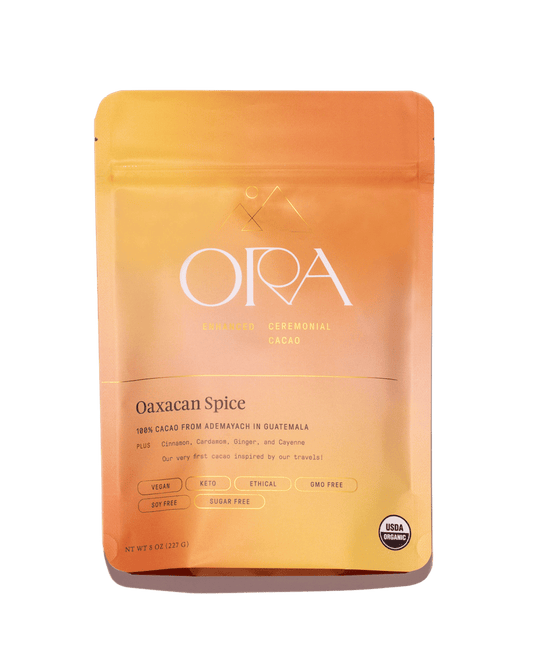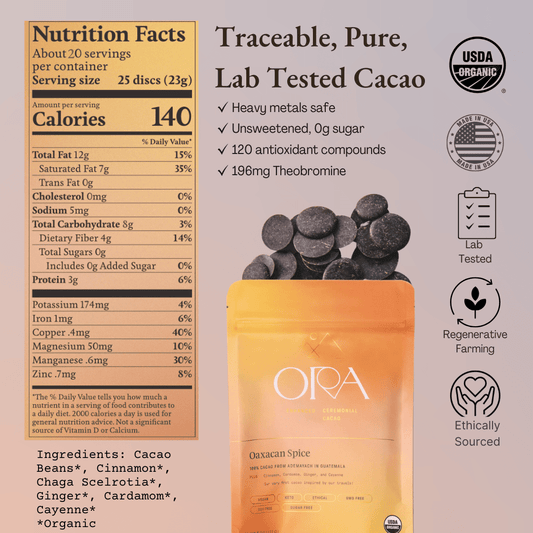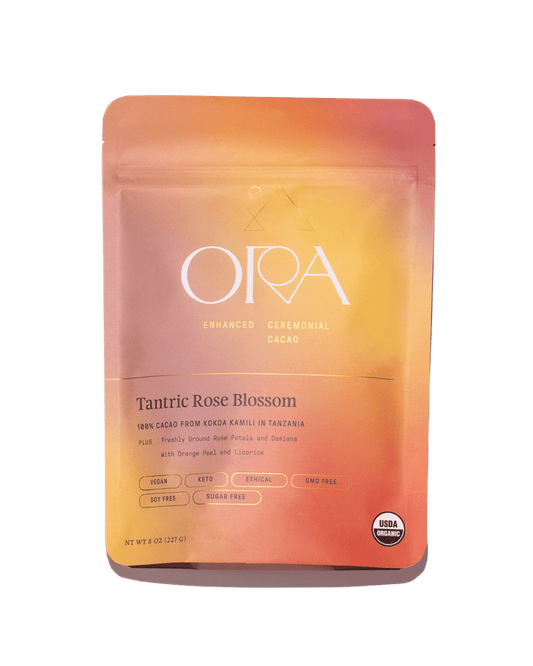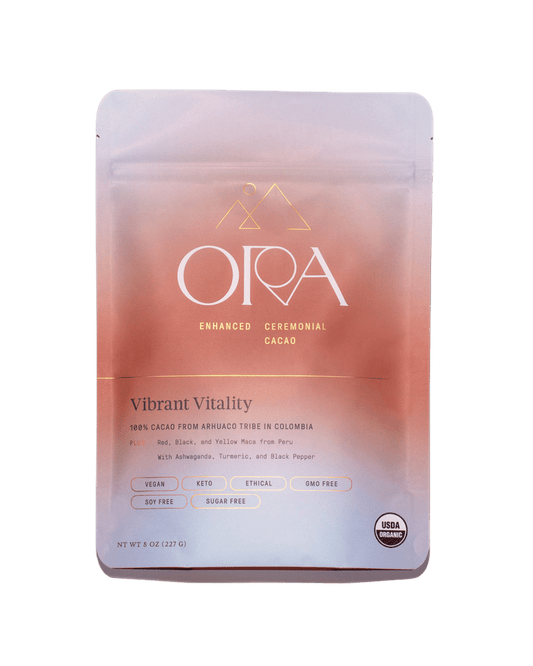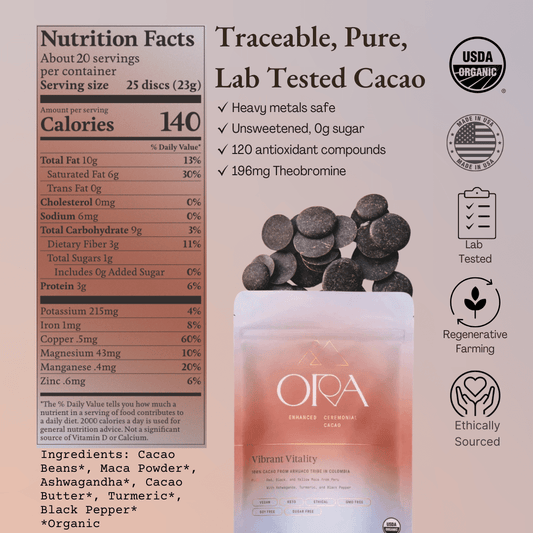All weekend we’ve been getting messages from people concerned about the Consumer Reports (CR) article that came out last week in which their team tested 28 popular dark chocolate bars for cadmium and lead, 23 of which had “high” levels.
Here are the bullet points of what you need to know, and then we’ll dive into more detail on each:
- The CR article uses California’s maximum allowable dose levels, or MADL, without explaining what this threshold is and that it is not based in science.
- The CR article focuses exclusively on chocolate, without putting it in the context of other foods that are common sources of dietary cadmium uptake
- The CR article neglects other known biological mechanisms that our bodies use to remove toxic elements from our systems, that chocolate actually supports!
- The CR suggestions for reducing lead in chocolate are spot on. Unlike cadmium w which is a food systems wide issue of soils and water, lead can be addressed using best practices that we’ve implemented. We’ve seen proof that this works as none of our cacaos have detectable levels of lead.
As you can see, practices such as reporting on just chocolate and cadmium levels without giving the bigger picture context of the regulations, and ignoring cadmium uptake and removal mechanisms in the body, is a recipe for consumer panic. Anyone can run a cadmium panel for $40. It takes a lot more savvy to interpret those results in a responsible way.
Getting To The Truth Of Things

Point #1:
CR’s use of MADL as the benchmark in their article is an extremely poor editorial choice. California’s maximum allowable dose levels (MADL) for lead or cadmium is 0.5 micrograms and 4.1 micrograms per day. It sounds official and very precise. However, it is anything but. MADL is actually arbitrarily set as a level that is 1000 times lower than NOEL.
NOEL is the highest dose level which results in no observable reproductive effect and that level is scientifically established with lab tests. MADL, however, is a guideline, and the 1000x reduction from NOEL was a public policy decision, not a scientific one.
In the definitive National Institutes of Health (NIH) study on cadmium uptake, they found that the average dietary consumption of cadmium in the US population is 4.6 micrograms per day … 112% of MADL. This alone should disqualify MADL as a benchmark of any value. MADL is also manyfold lower than the legal thresholds placed upon manufacturers of food products, notably Prop 65 in California and EU regulations, as there is no federal regulation on it.
If you look at the history of Prop 65, those thresholds were actually increased after extensive litigation because like MADL, the threshold was arbitrarily set so low that it practically disqualified much of the food that we eat!
Point #2:
The CR report scares people about dark chocolate but totally fails to mention that cadmium is a chronic exposure issue in our food system overall.
So let’s look at the full picture of how cadmium gets in the body. A 2018 study by the NIH offers the most definitive analysis of the many foods that contribute to cadmium exposure. Quoted from that study: “The food groups that contributed most to Cd intake were cereals and bread (34%) leafy vegetables (20%) potatoes (11%) legumes and nuts (7%) and stem/root vegetables (6%). The foods that contributed most to total Cd intake were lettuce (14%) spaghetti (8%) bread (7%) and potatoes (6%).”
The NIH study also tracks how sources of cadmium uptake are different based on age and ethnicity, which determines the primary food groups consumed by those populations. Suffice it to say that dietary exposure to cadmium is massively complex and is a problem not just in chocolate, but across foods that we eat.
Point #3:
Our bodies are complex biological systems that are impacted by cadmium exposure in a multitude of ways. The NIH summarizes, “Due to the chronic nature of dietary Cd exposure, combined with the long half-life of Cd in the human body, Cd can accumulate in multiple tissue types, contributing to the development of cancer, kidney dysfunction, cardiovascular disease, reproductive dysfunction, diabetes, osteoporosis, and increased mortality.”
Fortunately, there are mechanisms for the body to remove Cadmium and other heavy metals from tissues with the use of various chelation agents that bind to the Cadmium and help the body expel it.
A lot more study needs to be done on these pathways for healing as the overall exposure to cadmium in the population increases.
Point #4:
Regarding lead, we applaud CR’s analysis here. We specifically require practices mentioned by CR, including minimizing soil contact by drying beans on tables elevated off the ground away from roads so lead-contaminated dust won’t land on them. A lot of commodity producers will shortcut this step.
It's actually common to find 10% rocks in conventional cacao production as a result of drying cacao on the ground and farmers bulking up their harvest due to unapologetically low prices.
It's disrespectful to the medicine that cacao is as well.
At Ora Cacao, we can't even detect lead using standard lab practices.
In fact, all of our cacao is below detectable thresholds for lead, showing how easy it is to eliminate that concern with proper processing which to us is second nature as part of our ceremonial cacao sourcing protocols.
So the solution there is to pay farmers more, dry cacao on tables, and treat the cacao with respect.
If not MADL, then what?
At Ora Cacao, we follow the comprehensive EU standards as well as the California Prop 65 law.
Below, we will show you a chart with the thresholds for each of the standards and our own lab testing results which we’re happy to say fall well below the thresholds!
The Thresholds We Follow

Our Results

To understand these results, here are a few ways that you can think of one part per million (1.0ppm) from the American Chemistry Council.
1ppm is the same as a credit card lying in the middle of a football field, or one step when walking 568 miles, or one minute out of two years time. It is truly a tiny amount!
You will see that all of our origins fall significantly below the 0.960ppm threshold for Cadmium and 0.225ppm threshold for lead currently specified in Prop 65 and even the more stringent 0.800ppm threshold for Cadmium and 0.200ppm threshold for lead followed in Europe.
So you can rest assured that you won’t poison yourself with cadmium and lead from drinking your daily cup of Ora Cacao and that instead, more likely, you will benefit from the many beneficial trace minerals present in cacao, like Magnesium, Zinc, and Manganese!
Closing Notes
We believe there are long-term solutions for reducing cadmium uptake in cacao.
Cacao, like many other plants, picks up minerals from the forest soils. This is not a bad thing, as in healthy soils it'll pick up many beneficial minerals such as Magnesium which is part of what makes cacao so healthy.
However, in a depleted soil base, it'll pick up heavy metals when that's all that is available.
Cadmium uptake is dependent on many variables, including cacao genotype, cacao tree age, and other trace metals present in the soil. Notably, the more depleted the soil is of other beneficial minerals such as Zn, Ca, Mg, and Mn, and the younger the trees are, the higher the Cadmium uptake is.
In our eyes, part of the solution is cacao grown in polyculture agroforestry systems that don't deplete the soils.
Unfortunately, conventional cacao farming practices and even commodity organic cacao farming practices don't take good care of the soil.
Our ceremonial cacao groves tend to come from older trees, grow in rich soils, and less intensively than conventional production- all factors that reduce cadmium uptake.
So really, heavy metals uptake in cacao has to do with farm management practices. In a truly regenerative system, we're building soils, not depleting them, so we can reduce the issue of heavy metals uptake.

